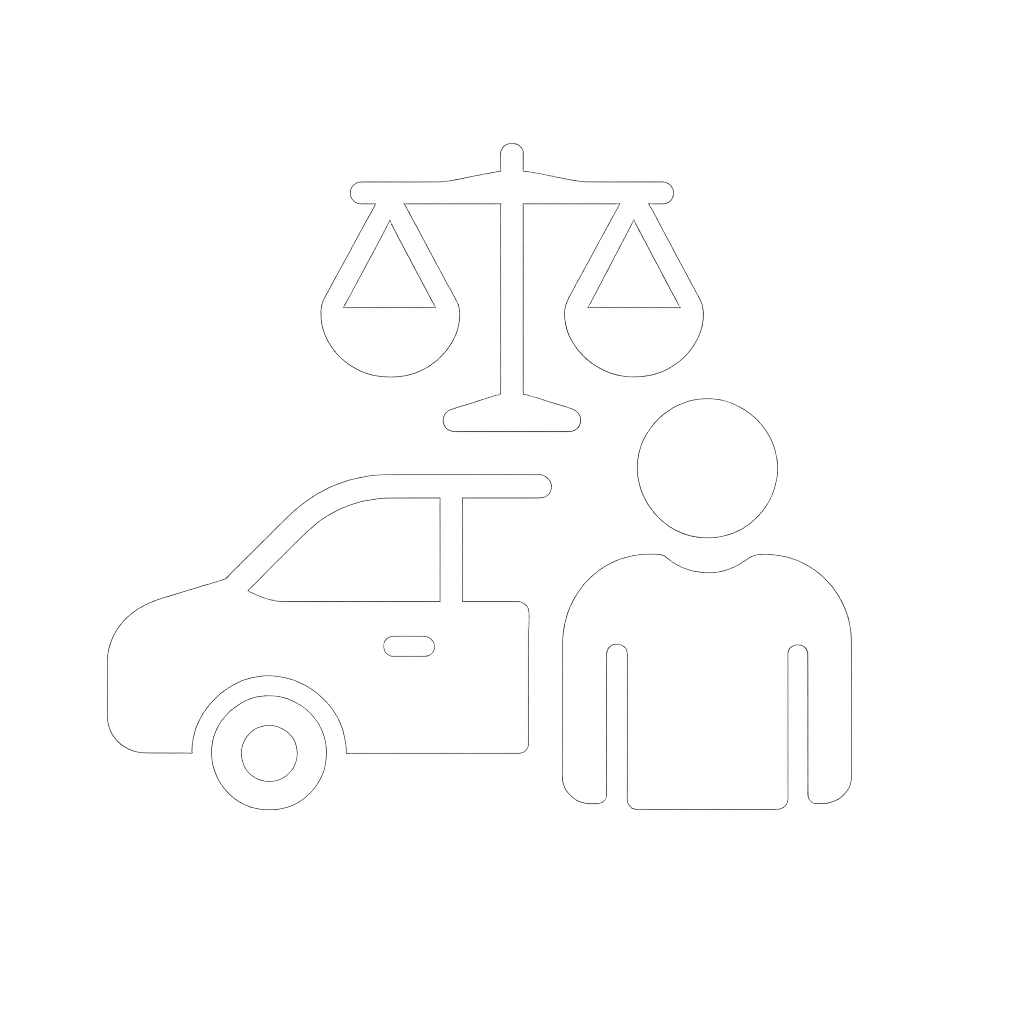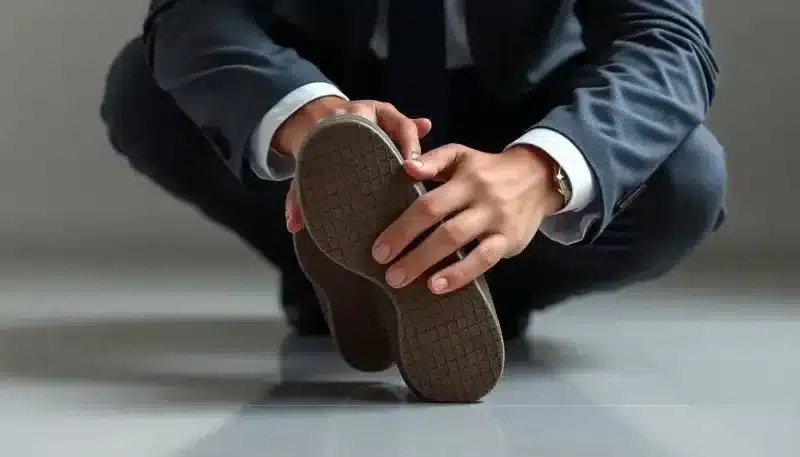Slip and fall accidents are more than just unfortunate events; they can lead to serious injuries and significant legal consequences. Understanding the intricacies of these cases is crucial for victims seeking justice and compensation. This article delves into the factors surrounding slip and fall accidents, offering insights that can empower individuals to take informed action.
Understanding slip and fall accidents
Slip and fall accidents represent a significant portion of personal injury claims in the United States. According to the National Safety Council, falls account for over 8 million emergency room visits each year, making them the leading cause of non-fatal injuries. These incidents can lead to a range of serious injuries, such as:
- Fractures: Breaks in bones, particularly in the wrists, ankles, and hips.
- Head trauma: Concussions or other serious brain injuries.
- Spinal cord damage: Injuries that can lead to long-term disability.
- Soft tissue injuries: Sprains, strains, and tears.
A slip and fall injury lawyer specializes in these cases, helping victims navigate the complex legal landscape to maximize their compensation and assert their rights.
Common causes of slip and fall accidents
Slip and fall accidents can happen in various environments, from public spaces to private properties. Understanding the common causes can help in identifying potential hazards. Some of the most frequent causes include:
- Wet or slippery floors: Spills, rainwater, or ice can create treacherous walking conditions.
- Uneven flooring: Cracked sidewalks, loose tiles, or torn carpets can lead to trips and falls.
- Poor lighting: Inadequate illumination can obscure hazards, making them harder to see.
- Obstructions: Cords, debris, or clutter in walkways can cause accidents.
- Lack of handrails: Staircases without proper support are particularly dangerous.
Identifying the cause of an accident is vital for establishing liability. A skilled slip and fall injury lawyer will thoroughly investigate the circumstances surrounding the incident to determine if negligence played a role.
Legal responsibilities of property owners
Property owners have a legal duty to maintain safe conditions on their premises. This duty includes:
- Regular maintenance and repair of property.
- Prompt cleanup of spills or hazards.
- Providing adequate warnings for potential dangers.
Failure to uphold this duty can lead to legal liability for any injuries sustained on the property. The extent of this responsibility can vary based on the visitor's status:
- Invitees: Individuals invited onto the property for business purposes (e.g., customers) are owed the highest duty of care.
- Licensees: Social guests are owed a moderate duty of care.
- Trespassers: Generally, property owners owe a limited duty to trespassers, except when it involves children or willful harm.
Understanding these distinctions is crucial for assessing the viability of a claim.
Proving negligence in slip and fall cases
To succeed in a slip and fall claim, the injured party must demonstrate several elements of negligence:
- A hazardous condition existed: There was a dangerous situation present on the property.
- The property owner knew or should have known about the hazard: The owner was aware, or a reasonable person would have been aware, of the unsafe condition.
- The owner failed to address the hazard: No action was taken to remedy or warn about the danger.
- The hazard directly caused the injury: The unsafe condition led to the accident and resulting injuries.
Gathering evidence is crucial. This may include:
- Photographs of the accident scene.
- Witness statements.
- Maintenance records or inspection logs.
A slip and fall injury lawyer will assist in compiling and presenting this evidence effectively, increasing the likelihood of a successful claim.
Compensation available in slip and fall cases
Victims of slip and fall accidents may be entitled to various forms of compensation, which can include:
- Medical expenses: Coverage for hospital bills, rehabilitation, and ongoing treatment.
- Lost wages: Reimbursement for income lost due to an inability to work.
- Pain and suffering: Compensation for both physical pain and emotional distress.
- Loss of earning capacity: If the injury negatively affects future employment prospects.
- Punitive damages: In cases of gross negligence, additional sums may be awarded to punish the wrongdoer.
The specific amount of compensation will depend on the severity of the injury and the circumstances of the case, and a qualified slip and fall injury lawyer can help ensure that victims receive fair compensation for their losses.
Statute of limitations in slip and fall cases
Timing is crucial in personal injury claims, as they are subject to statutes of limitations that vary by state. Typically, victims have between one to three years from the date of the accident to file a lawsuit. Missing this deadline can result in the loss of the right to seek compensation.
Consulting a slip and fall injury lawyer promptly after the incident ensures that all legal deadlines are met and that the victim's rights are protected.
Steps to take after a slip and fall accident
If you experience a slip and fall, it’s essential to take specific steps to safeguard your health and legal rights:
- Seek medical attention: Even if injuries seem minor, a medical evaluation is crucial.
- Report the incident: Notify the property owner or manager and ensure an incident report is filed.
- Document the scene: Take photographs of the hazard and surrounding area.
- Collect witness information: Obtain contact details of anyone who witnessed the accident.
- Preserve evidence: Keep clothing and shoes worn during the incident.
- Avoid making statements: Do not admit fault or discuss the incident extensively before consulting a lawyer.
- Contact a slip and fall injury lawyer: Seek legal advice to understand your options.
Roles of a slip and fall injury lawyer
A slip and fall injury lawyer plays a crucial role in guiding victims through the legal process. Their responsibilities typically include:
- Evaluating the case: Assessing the strength of your claim based on the evidence.
- Investigating the incident: Gathering evidence and identifying liable parties.
- Negotiating with insurers: Handling communications with insurance companies to secure fair settlements.
- Representing in court: Advocating on your behalf during litigation if necessary.
- Advising on legal strategy: Guiding you through complex legal procedures.
Their expertise significantly enhances the chances of achieving a favorable outcome in your case.
Choosing the right slip and fall injury lawyer
When selecting legal representation, consider the following factors to ensure you choose the right lawyer for your case:
- Experience: Look for a lawyer with a proven track record in handling premises liability cases.
- Reputation: Research client reviews and professional ratings to gauge their standing in the legal community.
- Communication: Ensure they are responsive and maintain transparency throughout the process.
- Fee structure: Many lawyers operate on a contingency basis, meaning you only pay if you win.
- Resources: A well-equipped firm will have the ability to conduct thorough investigations.
Many qualified slip and fall injury lawyers offer free consultations to discuss your case and potential legal strategies.
As you navigate the aftermath of a slip and fall incident, consider watching this insightful video that discusses crucial steps and rights after experiencing a slip and fall accident:

